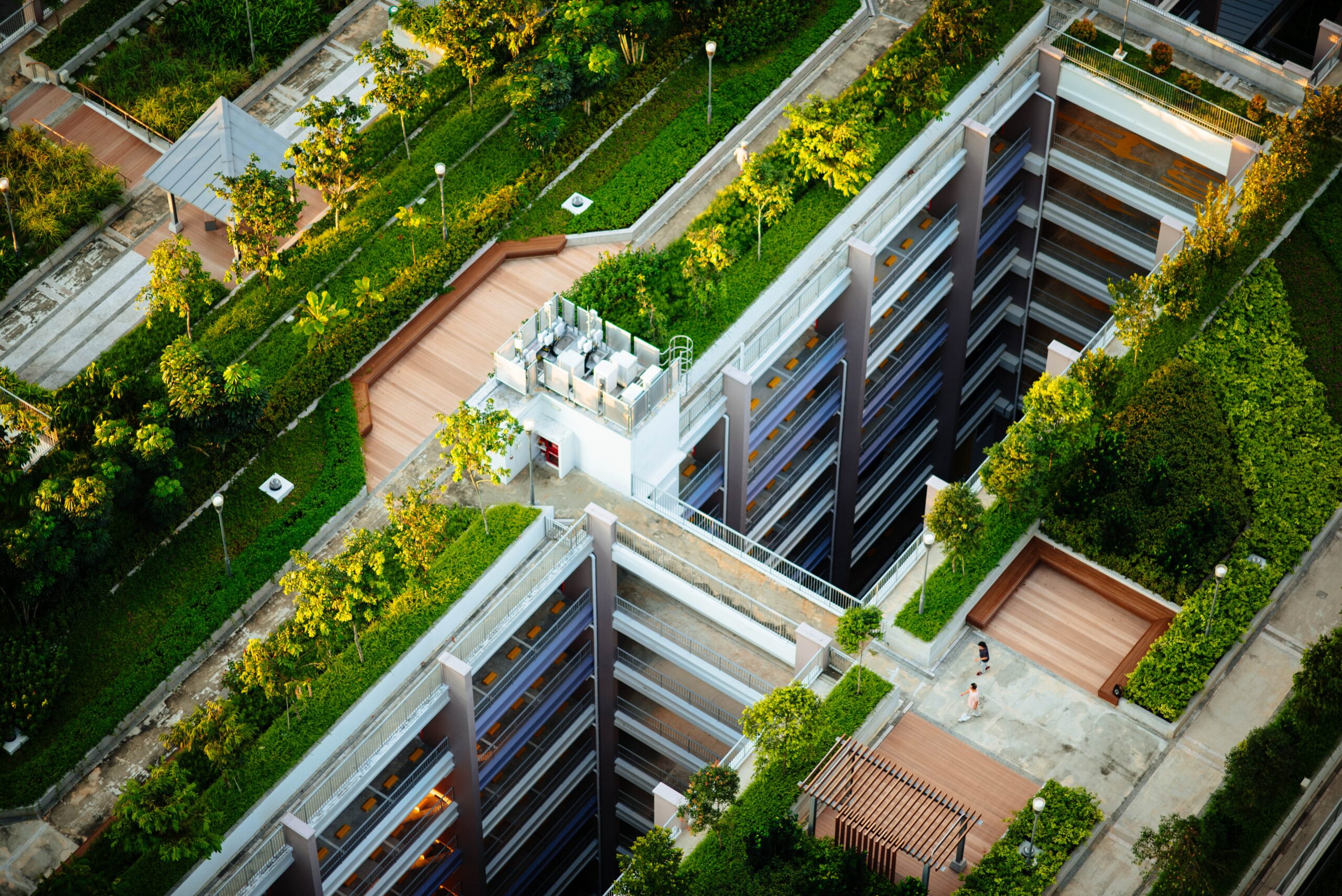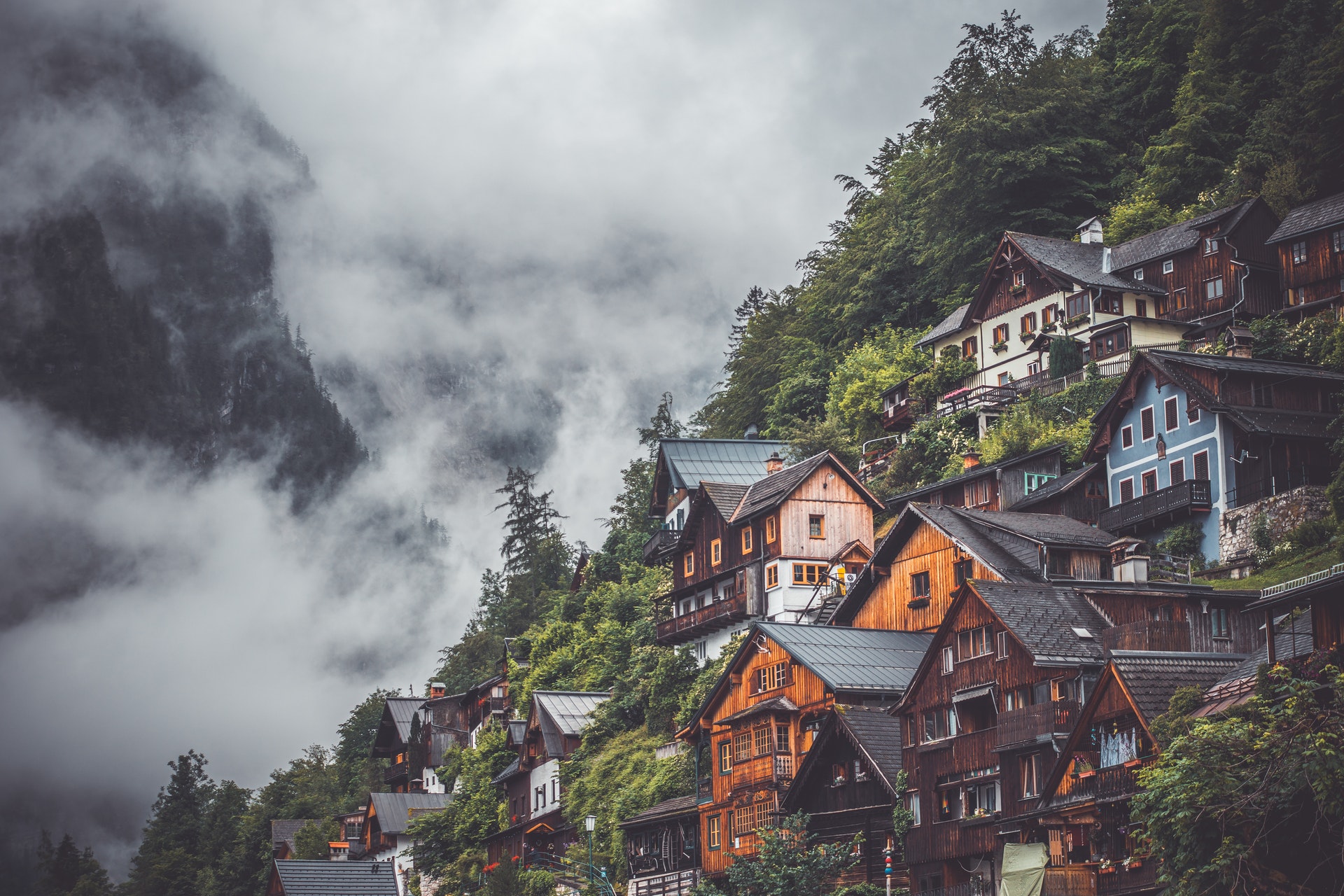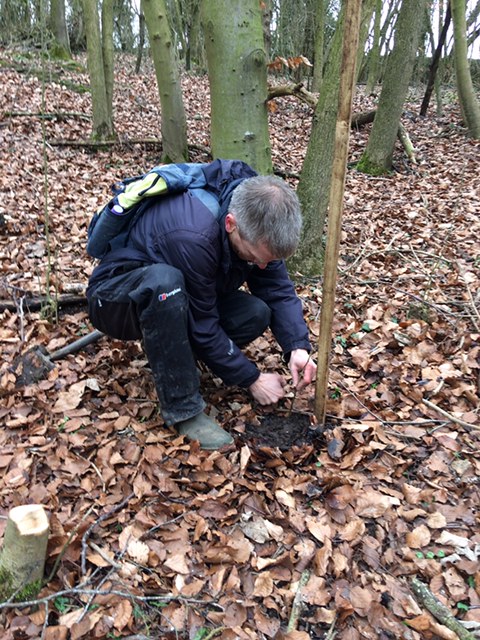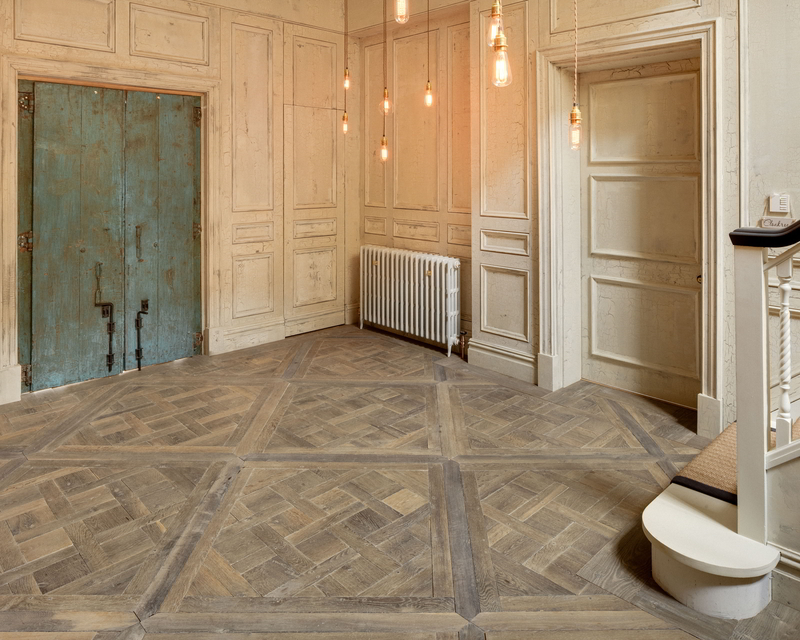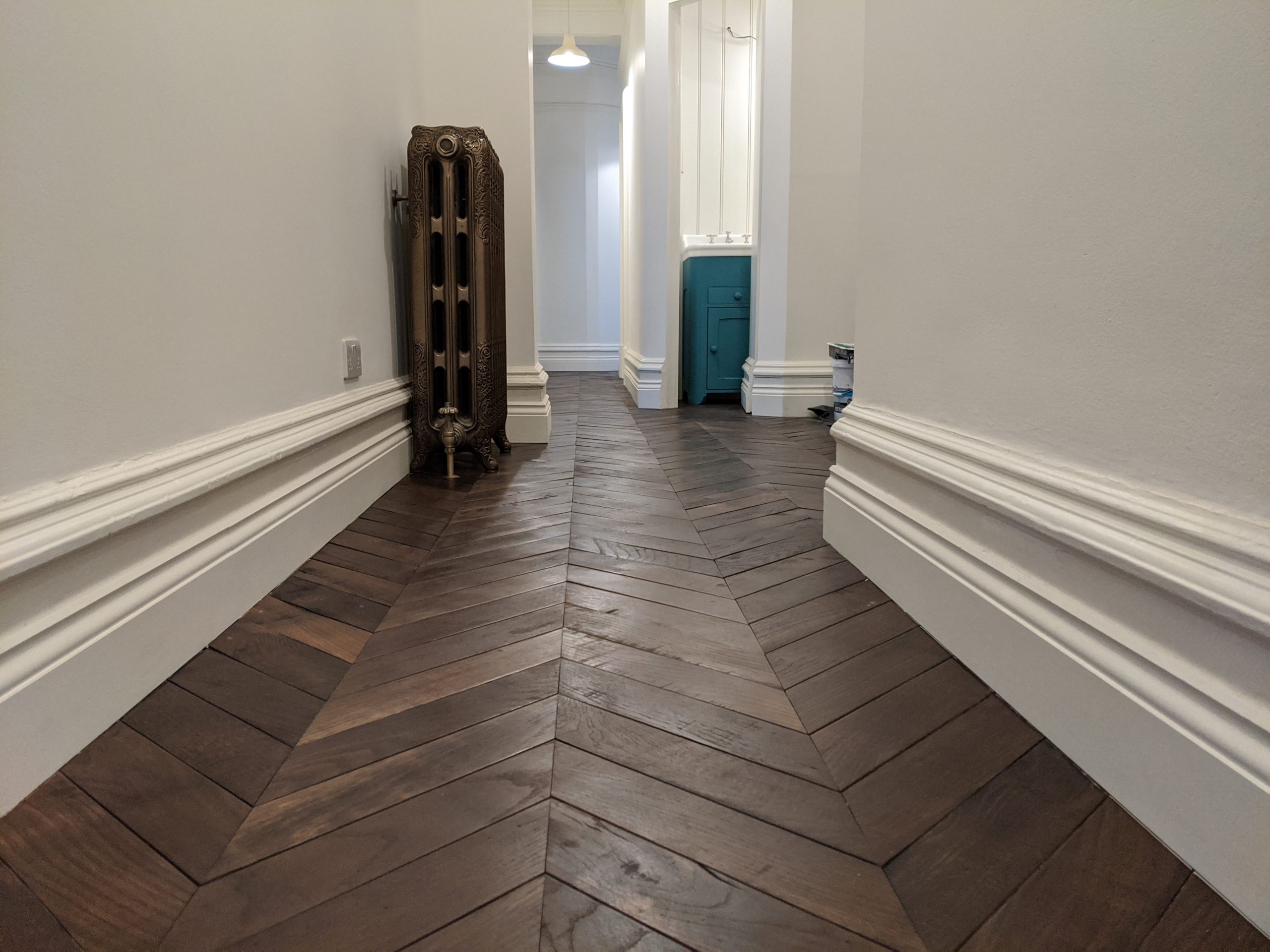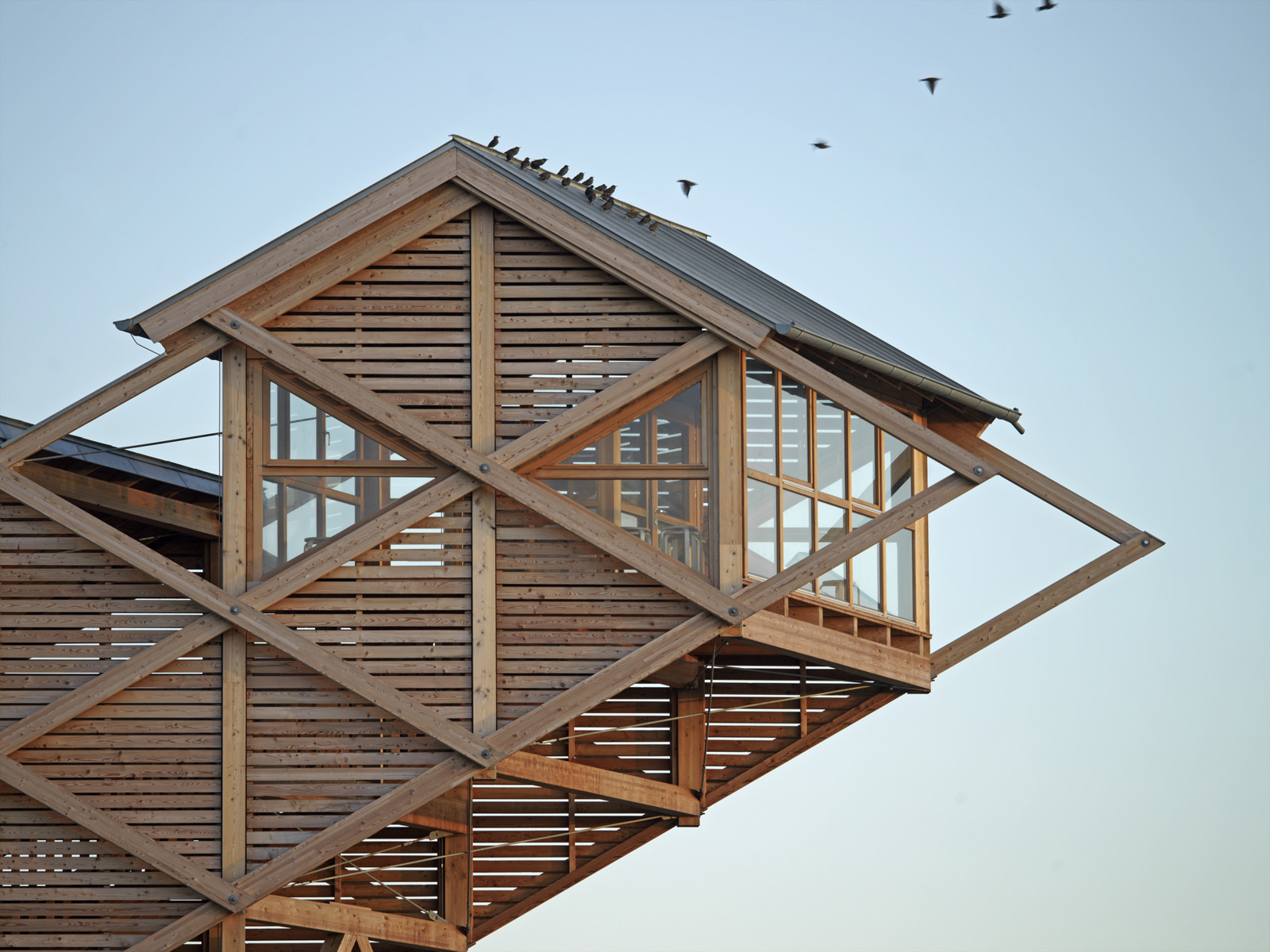
For the greater part of three decades, architects, interior designers, and others involved in the design of the built environment have been advocating for sustainable design.
It sprang out of previous initiatives in the 1970s, such as environmental protection and energy efficiency.
Its initial premise was to meet current needs without jeopardizing the future generations’ ability to meet their own — all while preserving available resources.
Sustainable construction has made great progress in terms of adopting materials that contain fewer toxic chemicals, resulting in healthier interior environments. Despite this, the sustainable design movement has made little headway in preventing significant environmental damage and climate change.
We need to rethink how we build the physical environment — perhaps it’s time to abandon the term “sustainable” in favour of “regenerative design” to express the desired results. Regenerative design aims to use design and construction to restore natural and human systems rather than only mitigate the negative effects of new development.
Switching to regenerative design allows us to more easily forgo strategies that are no longer adequate to the challenges we face today, in favour of promoting forward-thinking and multidisciplinary knowledge that leads to solutions that celebrate the richness of design creativity while improving users’ experience, comfort, health, wellbeing, and satisfaction inside and outside buildings, in harmony with urban and natural ecosystems, and, ultimately reconnecting users to nature.
Inspiring eco-nudges
People are hungry for change post-pandemic, and they’re looking to brands to lead the way. As a matter of fact, 70% of individuals are willing to make significant lifestyle adjustments to help safeguard the environment.
Brands can exhibit leadership, establish long-term resilience, and tap into new opportunities by incorporating regeneration into their business — and show that they’re paying attention to experts who say climate change is the second-largest danger to global wellbeing after infectious illnesses. By leveraging regeneration, brands now have an unprecedented chance to transform the way we live, learn, work, and do business for the better.
Regenerative design and building
From how projects are developed to how they are used to how they are deconstructed at end of life; the built environment plays a key role in climate change. To reduce negative impacts, the design and construction industry has used more demanding “high performance” design practices for decades.
However, when climate change approaches a tipping point with permanent consequences, high-performance measures still have net negative repercussions and should only be viewed as the first step toward something bigger. We must consider our progress not in terms of doing less harm, but in terms of genuinely doing good. To put it another way, our build projects must actively regenerate or contribute to positive outcomes on the people who utilize them as well as the local ecology that surrounds them.
A regenerative building and design approach not only restores but also enhances the surrounding natural environment by improving the quality of life for both biotic (living) and abiotic (chemical) components. The regenerative design strategy encourages a network of interconnections between the physical, constructed, and natural environments.
The same concept for living and restorative buildings is applied in the regenerative design process, but all facets of systems thinking are considered; from site, materials, and energy to plants, microbes, human social systems, and culture.
All of these design processes necessitate a different approach than merely offering green technologies to the design team. Furthermore, we must see construction materials not just as components for building a structure, but also as nutrients that contribute to the building’s ecosystem, as well as to our own well-being. The ultimate result is a building that not only meets all of its needs on-site, but also contributes to the environment’s health, increases biodiversity, and maintains a living relationship with its surroundings.
Adaptable technologies
There’re also specific technologies that aid with environmental adaptation, such as phase change materials, which can store and release significant amounts of energy by transitioning from a solid to a liquid state.
Electrochromic windows, for example, allow you to control how much light and heat passes through them by applying a voltage to the window, which causes it to lighten or darken. This opens up the possibility of using the windows as energy-saving devices. Window shades and lights that brighten in reaction to the quantity of daylight are also available.
Materials and waste
For all projects, appropriately sourced materials that promote regional economies while limiting transportation impacts must be considered. Renewable technology, for example, should come from no more than 15,000 kilometres away, whereas heavy or high-density materials should come from no more than 500 kilometres. The use of higher-quality, long-lasting materials adds to the building’s durability.
All wood products must be salvaged, felled on-site for building, or certified by the Forest Stewardship Council certified (FSC). The FSC certification ensures that the timber or non-timber forest product was sourced from sustainably managed forests. If properly extracted, wood is a renewable, reusable, and biodegradable resource. Unlike non-renewable resources, the forest can continue to grow even if some trees are taken down. We may never run out of wood if we practice sustainable forest management and plant trees frequently.
When properly maintained, wood is an exceptionally durable material that can last for decades, if not centuries. Many ancient wood structures, such as 8th-century Japanese temples, 11th-century Norwegian stave churches, and many medieval post-and-beam structures in Europe, are still standing. Wooden structures consistently have the longest lifespans according to surveys of building age.
Another facet of regenerative design that must be pushed forward is the waste reduction or elimination. For example, The Living Building Challenge (LBC), which is administered by the International Living Future Institute (one of the leading organizations promoting regenerative buildings), requires that 80–100% of construction waste be recycled and diverted from landfills.
A “Materials Red List” highlights materials and chemicals that have health and toxicity concerns and are not suited for building projects. Living Buildings strive towards net-zero or net-positive energy, are toxic chemical-free and have an energy footprint that is many times lower than that of a typical commercial structure.
A plan for flexible reuse and deconstruction guarantees that all resources are reused on or off-site and all trash is recycled to complete the Cradle to Cradle (C2C) cycle of the materials, waste, and the building itself.
Human health and happiness
An emphasis on occupant health and happiness is an integral aspect of living, restorative, and regenerative building design — highlighting the interconnection between nature and human comfort and health.
A productive work environment is one that is healthy. Other variables in enhancing occupant happiness with their work environment include optimizing sunshine and providing access to biophilic design elements.
Equity and beauty
The reality that buildings will be occupied by people whose health, happiness, and productivity are dependent on the design and function of the space must be kept in mind by project teams.
The Living Building Challenge emphasizes human sustainability, flexibility, resiliency, as well as social justice and democracy.
All of these aspects have a strong sense of place and a user-centred approach that incorporates diversity, mutual respect, and aesthetic appeal.
Aesthetic features are required in the design of all buildings. Many structures from the mid-to late-twentieth-century till now have been designed solely for practical and economic reasons.
A new way of building that celebrates the culture and recaptures the human spirit can be made possible by including design elements that take into consideration aesthetic appeal and biophilia.
Conclusion
Sustainability has provided us with the basis, and it has prompted more people to consider the impact humans have on the environment. However, in order to successfully enrich our communities, we must shift our attitude and bring a focused awareness to a broader framework that benefits places, people, ecology, culture and climate.
Regenerative design is distinguished by its innovative strategies and technologies that seek to integrate and restore the natural environment rather than focus solely on building design — it goes further by utilizing design and construction as positive forces in the repair of natural and human systems. Restorative sustainability strategies can and will elevate aspirations and provide outcomes that are socially equitable, ecologically restorative, culturally rich, and economically viable.


